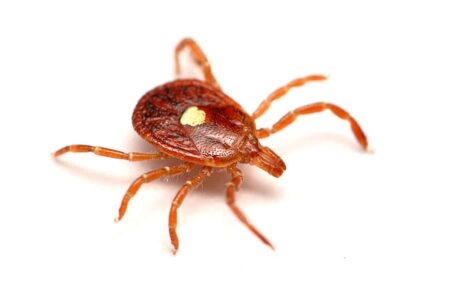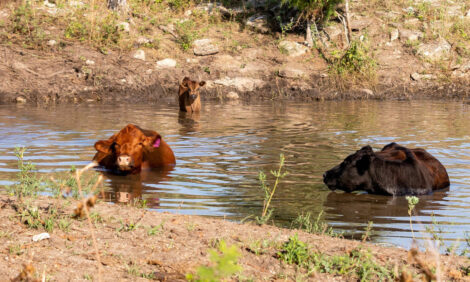



Is Good Welfare Possible For Housed Cattle?
The following information was produced by FAI Farms, a sustainable farming research company. The aim of this particular research was to objectively examine whether it is possible to provide good welfare for housed cattle.Cattle are housed in a variety of indoor systems and for a variety of reasons, e.g. to prevent soil erosion or to improve productivity.
To provide good welfare the behavioural and physiological requirements of the animals must be met. This research uses the five freedoms as a basis to analyse what cattle require whilst housed indoors. These requirements are very much intertwined, and will influence each other.
1. Hunger and thirst
Cows spend seven to nine hours a day grazing and nearly the same amount of time ruminating the ingested feed. Adequate provision of fibre is an essential requirement for a healthy rumen environment. Fibre between seven - 10 cm in length (approx width of the muzzle) is optimum and prevents cattle selecting through the ration and discarding longer fibre.
Long fibre stimulates cudding, which in turn stimulates saliva production, and saliva is the primary rumen buffer, preventing acidosis.
The optimum forage to concentrate ratio to maintain rumen health and PH at 6 – 6.8 is 60:40 on a dry matter (DM) basis (roughage:concentrate).
Research at the school of veterinary medicine, Purdue University concludes that: “Rumen acidosis is the most common forage related stress that we see in dairy cattle. Rumen acidosis is primarily due to inadequate levels of effective fibre in the rations of those cows.”
High yielding cows are commonly fed diets containing 45- 55 per cent forage on a DM basis. Finishing beef cattle are often fed a diet consisting of 25-40 per cent forage on a DM basis.
2. Freedom from discomfort
A long lying period is important in the prevention of lameness in dairy cows, and it has also been noted that cows spend significantly more time lying down ruminating, as opposed to standing ruminating. Because a large percentage of cattle time is spent ruminating whilst loafing, dry comfortable hygienic bedding that encourages cows to lie down is highly important.
3. Freedom from pain, injury or disease
Hygienic bedding material in order to minimise the risk of mastitis is a priority. Being able to lie down is very important to cattle. When given choice and optimum conditions, cows are known to spend 50 per cent or more of their time lying down.
A comfortable resting surface is an important aspect in encouraging cows to lie down. Investigations into different beddings have shown that cattle prefer dry, soft, insulating bedding, which subsequently show reduced incidence and severity of leg injuries.
4. Freedom to express normal behaviour
Cattle are herd animals, which demonstrate a tightly cohesive social structure, and “fusion fission” societies. Herds have a strong hierarchical structure, where age = dominance. Previous research at FAI has indicated that dairy calves in mixed groups, which are liable to change according to calf weight ‘can have a detrimental effect on growth rate, disease levels and meat quality'. Thus maintenance of stable groups is important and careful introduction of new animals is key, particularly when they are young, in order to prevent bullying.
A study on the time budgets of housed dairy cows demonstrated that they allocate their time in the following way; (annually) 45.4 per cent lying, (rising to 50.9 per cent in the summer) 13.7 per cent standing, 25.4 per cent feeding, 1.7 per cent drinking, 9.9 per cent walking, 2.6 per cent milking, 1.3 per cent other behaviours.
Access to clean water is vital, anecdotally intakes of feed have been shown to increase by up to 15 per cent when water provision is improved.
5. Freedom from fear and distress
Providing cattle with sufficient space in order to maintain herd stability is of high importance, research indicates that social aggressiveness increases under high density husbandry. Research within the Cow Power project has shown agonistic behaviour can be reduced by giving cows enough personal space to lie down up to two metres from another cow.
Ensuring sufficient access to the feed face for all cattle is of high importance to maintaining a stable herd; dominant animals will be more successful if feed is a limited commodity. Interestingly social ranking influences positions at the feed face, the greater the difference in rank, the further apart the animals are. Access to feed is not a problem for grazed animals.
What else do we need to know?
How much space is actually required per animal/herd and how that space is utilised for different behaviours and for different times of the day. Will this alter for different breeds, stage of production and age of cattle? This can be informed in part by observation of cattle outside, which is work currently being undertaken by Oxford University.
What is the optimum layout of an indoor housing area and does this differ for different breeds, stage of production and age of cattle?


